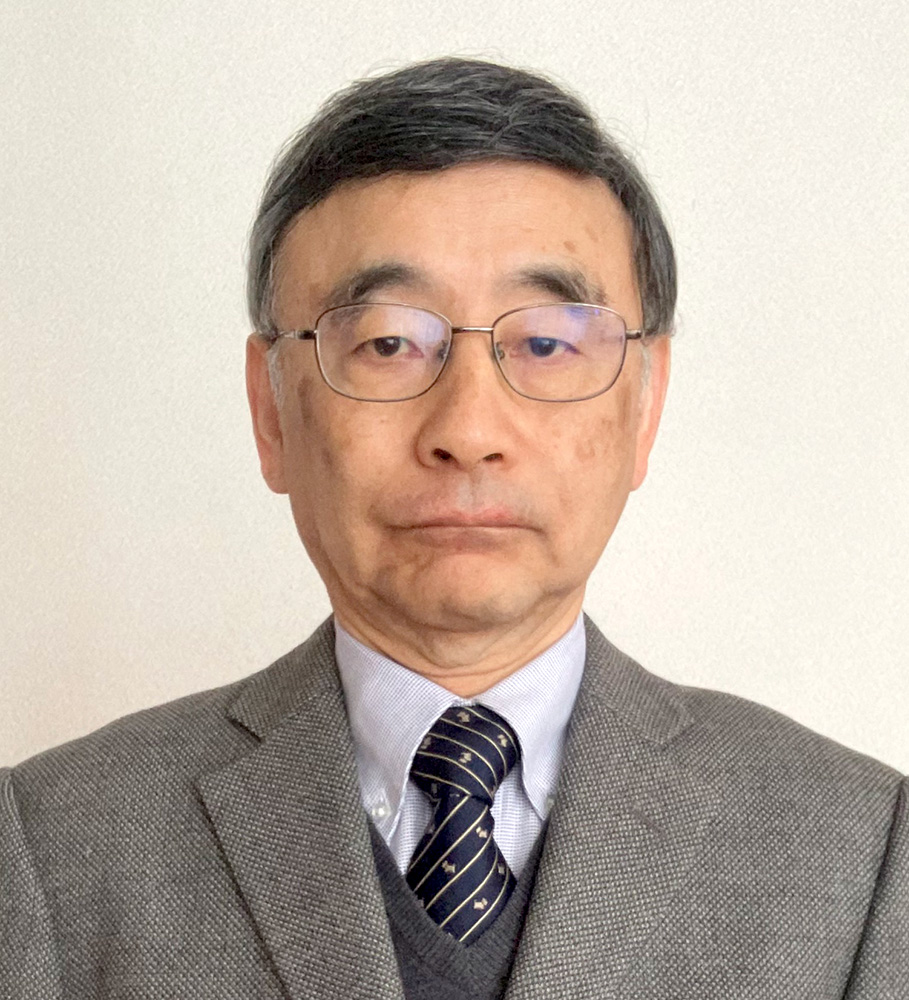Honorary Member

Dr. Hirosuke Yamamoto completed the Doctoral course at the Department of Electrical Engineering, Graduate School of Engineering at the University of Tokyo in 1980. After working as a research associate (1980), a lecturer (1981), and an associate professor (1983) at the Faculty of Engineering at Tokushima University, an associate professor at the University of Electro-Communications (1987), and an associate professor at the Faculty of Engineering at the University of Tokyo (1995), he was promoted to a professor at the Graduate School of Engineering at the University of Tokyo in 1999. He retired from the University of Tokyo in 2018, but continues his research and educational activities as a professor emeritus at the University of Tokyo, a visiting professor at the Graduate School of Fundamental Science and Engineering, Waseda University, and a visiting institute professor at the Research and Development Initiative, Chuo University.
He has undertaken many pioneering studies in a wide range in information theory, which is one of important theoretical foundations of the IEICE, such as information-theoretic cryptography, data compression codes, Shannon theory, multi-user information theory, and feedback communication theory.
In the field of information-theoretic cryptography, he has long been a leader. The ramp threshold secret sharing scheme proposed in 1985 is based on the idea of multiplex coding of information and can encode information more efficiently than the conventional threshold scheme. This method has been shown to meet the new security requirement called strong secrecy. In 2008, he proposed a network coding method with strong secrecy. He has also published many pioneering research results, including secure coding schemes for correlated sources and rate-distortion theory for Shannon’s cipher system.
One of his representative achievements in the field of data compression codes is the almost instantaneous fixed-to-variable length code (AIFV code) proposed in 2015. The Huffman code is widely known as the code with the smallest average codeword length. However, AIFV codes that use multiple coding trees can generally have a smaller average codeword length than the Huffman code. This broke the conventional wisdom in information theory and is very novel. He also gave new great insights for competitively optimal codes and proposed several effective coding schemes of positive integers.
The hybrid-ARQ Viterbi decoding method (1980) for convolutional codes in feedback communication theory is also his representative research and is widely used for the data communication of mobile phones.
For these achievements, he received the Best Paper Award (2008), Achievement Award (2017), and Distinguished Achievement and Contributions Award (2020) from the IEICE, as well as the IEICE's Fellow (2005), IEEE Fellow (2011), and IEEE Life Fellow (2018).
He has also held important positions such as Auditor of the IEICE, President of the Engineering Sciences Society, Editor-in-Chief of IEICE Transactions on Fundamentals, Chair of the Technical Committee on Information Theory, and President of the Society of Information Theory and its Applications. He has also been committed to various international activities, including serving as the technical program chair of ISITA2004 and ISITA2008, international conferences in the field of information theory, and the Associate Editor of the IEEE Transactions on Information Theory.
As mentioned above, Dr. Yamamoto’s contribution to developing the field of information theory is extremely remarkable. We recommend Dr. Yamamoto as an Honorary Member of the IEICE.